November Mule Deer2
Becky and I took our annual November road trip through selected mule deer winter ranges last week. Our goal was to photograph mule deer bucks in the rut. We normally make this trip during Thanksgiving week, but went a week early to avoid predicted snowfall. We may have been slightly early based on discussion with Malheur refuge staff. They indicated that they had seen little rutting activity until last week when they had their first cold weather of the season.
We toured several winter range locations in Northeastern California and Eastern Oregon including, Big Valley, Devil's Garden, Warner Mountains, Timber Mountain, Lava Beds NP, Tulelake NWR, Lower Klamath NWR, Hart Mountain Antelope Refuge and Malheur NWR over several days.
We observed well over 300 mule deer and two herds of antelope which each contained over 100 individuals. One of the highlights of the trip for me was the opportunity to photograph full frame sage grouse. I finally added a few images of this iconic western species to my files. These grouse blend very well with their sagebrush environment and were extremely difficult to see if they were not in motion.
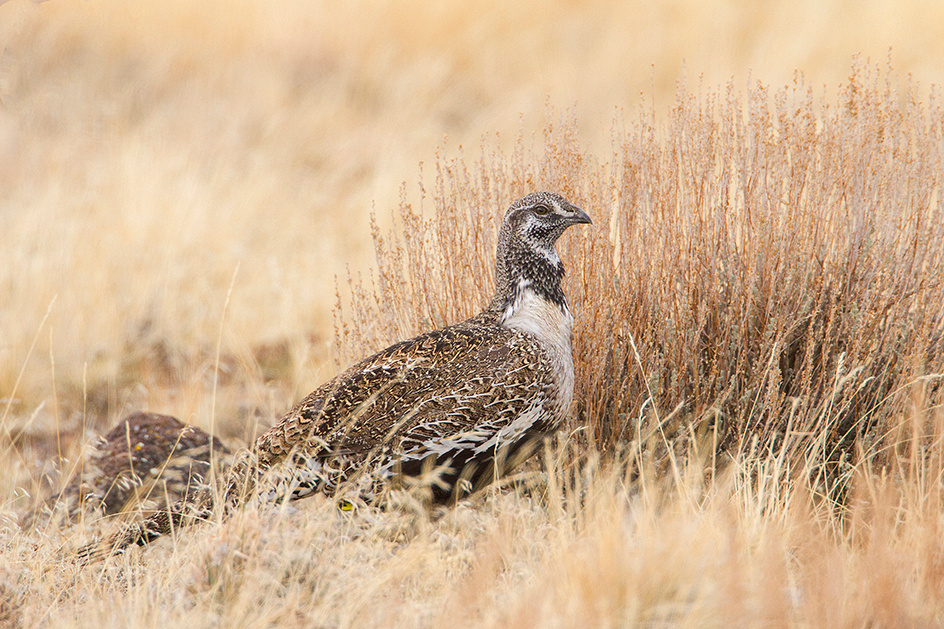

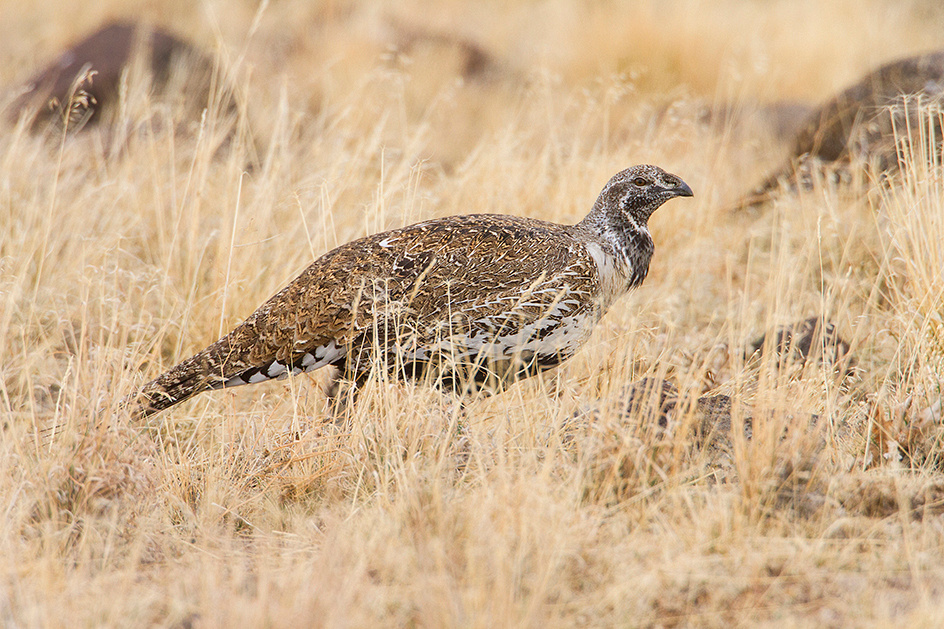

Several raptor species have begun their winter migration and were beginning to concentrate on Lower Klamath NWR. Red-tailed hawks were present in large numbers. The hawk below had spotted a mouse and was just about to drop.


As this red-tailed hawk demonstrates, timing can be important in wildlife photography. Mere seconds can be the difference between a good image and a crappy one.
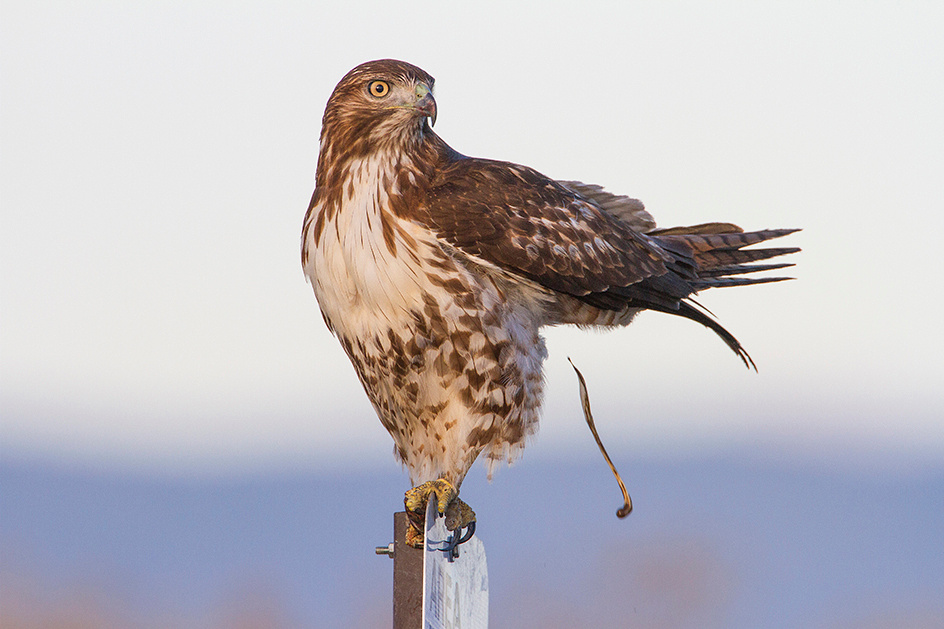

Many of the immature hawks were quite tame, allowing full frame head shots at near minimum focus distance.
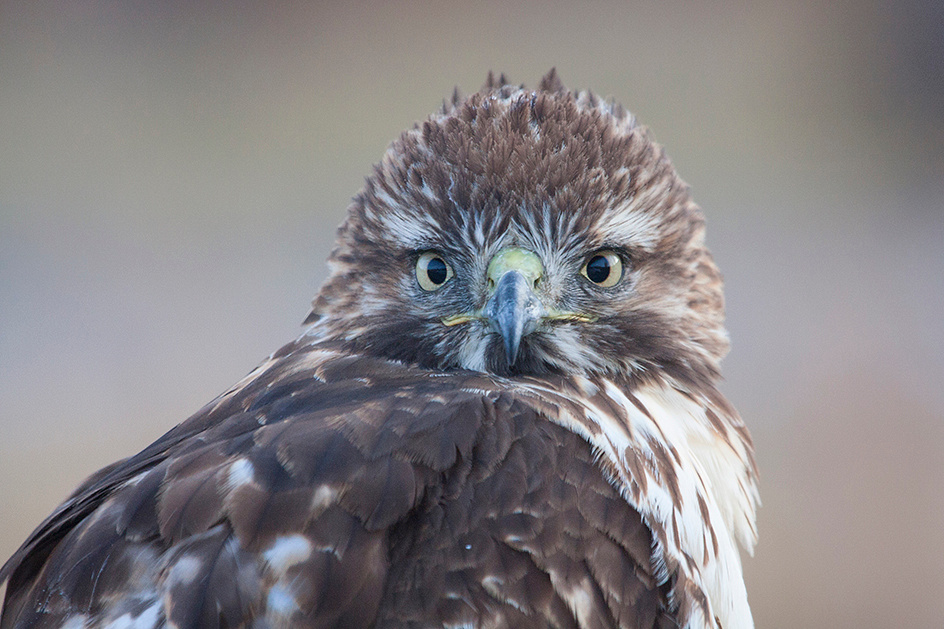

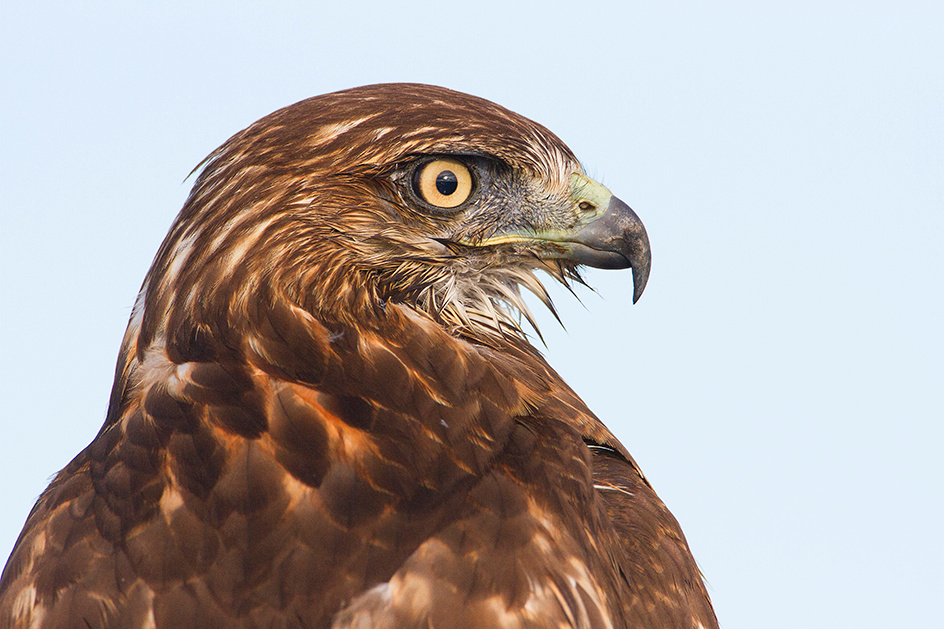
 The Klamath basin supports about 900 wintering bald eagles. Although, few birds were observed daily, but relatively few were present in early November. I was fortunate to catch this adult on a nest in some nice early morning light.
The Klamath basin supports about 900 wintering bald eagles. Although, few birds were observed daily, but relatively few were present in early November. I was fortunate to catch this adult on a nest in some nice early morning light.
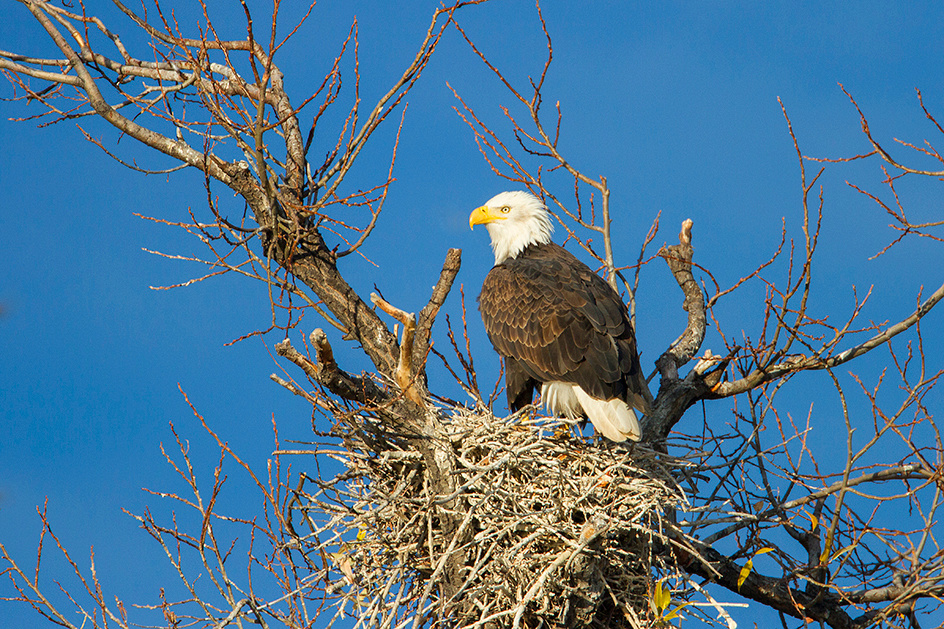
 A few merlin, ferruginous hawks, rough-legged hawks, prairie falcons and golden eagles were observed. The immature golden eagle below was photographed in some really nice warm light, but on a very unattractive perch.
A few merlin, ferruginous hawks, rough-legged hawks, prairie falcons and golden eagles were observed. The immature golden eagle below was photographed in some really nice warm light, but on a very unattractive perch.
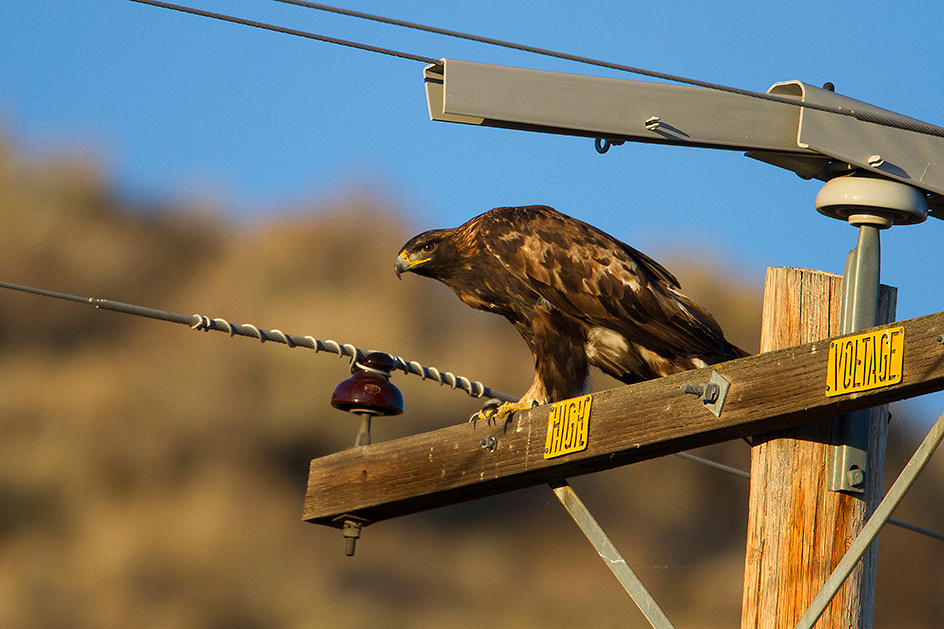

I have also had difficulty capturing decent images of American kestrel on natural perches, as they are small and difficult to approach. They also seem to prefer manmade perches. The male kestrel below chose a juniper perch and allowed a somewhat close approach.
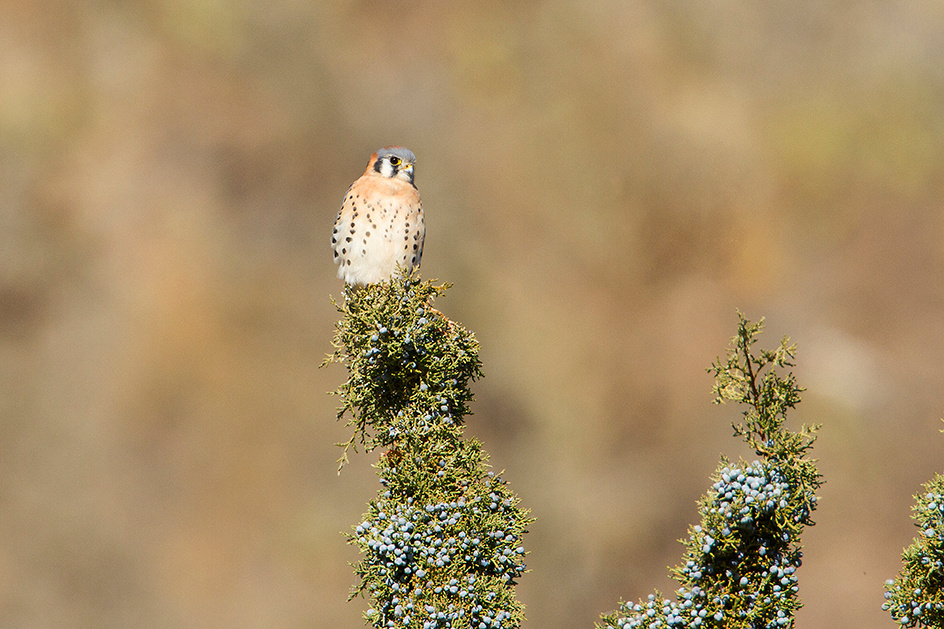
 Several great blue herons were present along the shoreline of Tulelake sump. They offered some opportunities for flight shots. I like the image below as they rarely provide a topside view while in flight.
Several great blue herons were present along the shoreline of Tulelake sump. They offered some opportunities for flight shots. I like the image below as they rarely provide a topside view while in flight.

 Good numbers of Bonaparte's gulls were also present foraging at Tulelake sump. Winter plumage is not as striking as their breeding plumage, but it was nice to capture a few representative images.
Good numbers of Bonaparte's gulls were also present foraging at Tulelake sump. Winter plumage is not as striking as their breeding plumage, but it was nice to capture a few representative images.
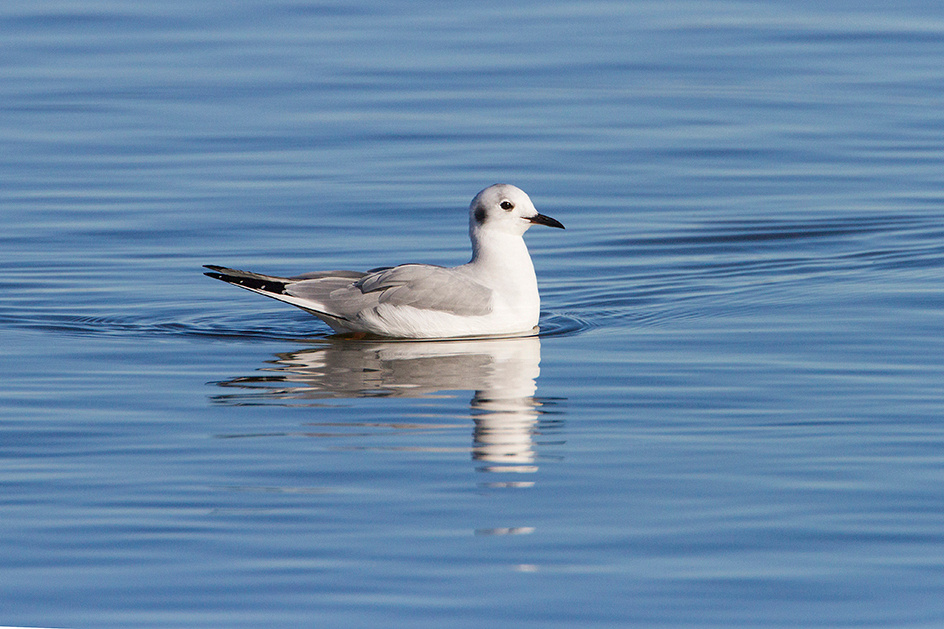
 We observed mule deer in almost every location we toured. Tulelake NWR and Malheur NWR offered the best photo opportunities. The buck below was actively courting a relatively uncooperative doe.
We observed mule deer in almost every location we toured. Tulelake NWR and Malheur NWR offered the best photo opportunities. The buck below was actively courting a relatively uncooperative doe.
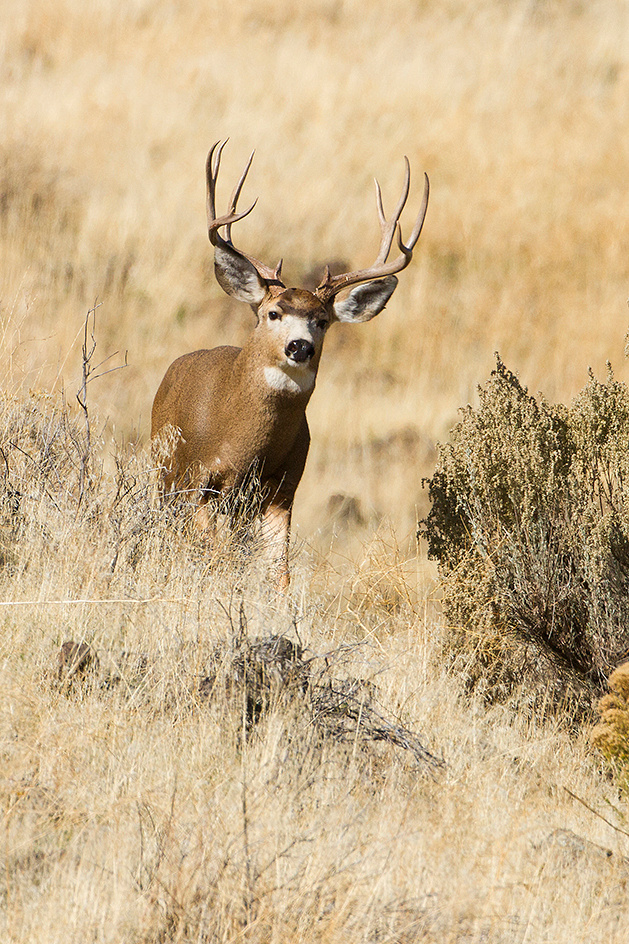


 The largest buck of the trip was also photographed at Tulelake NWR.
The largest buck of the trip was also photographed at Tulelake NWR.
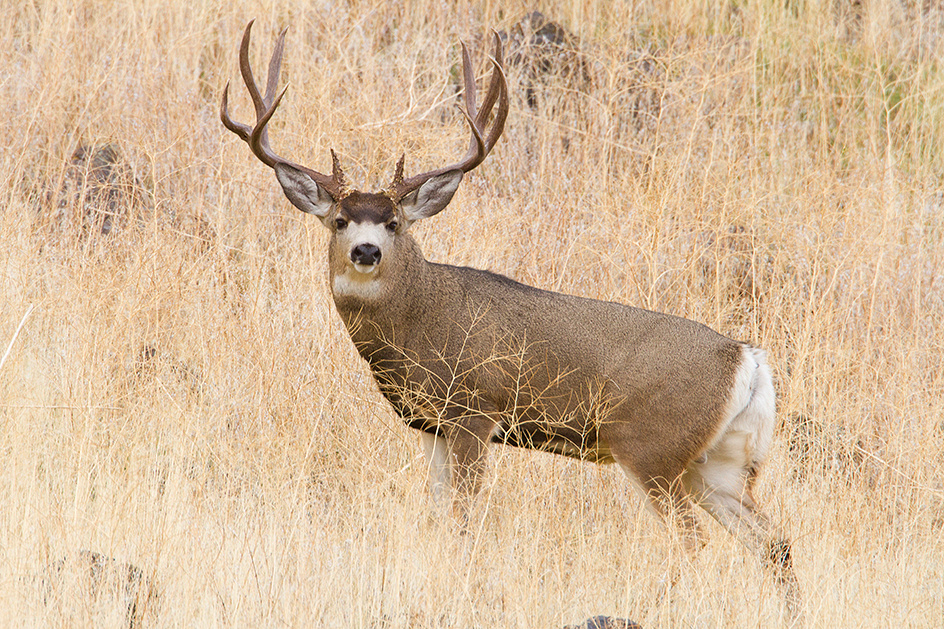

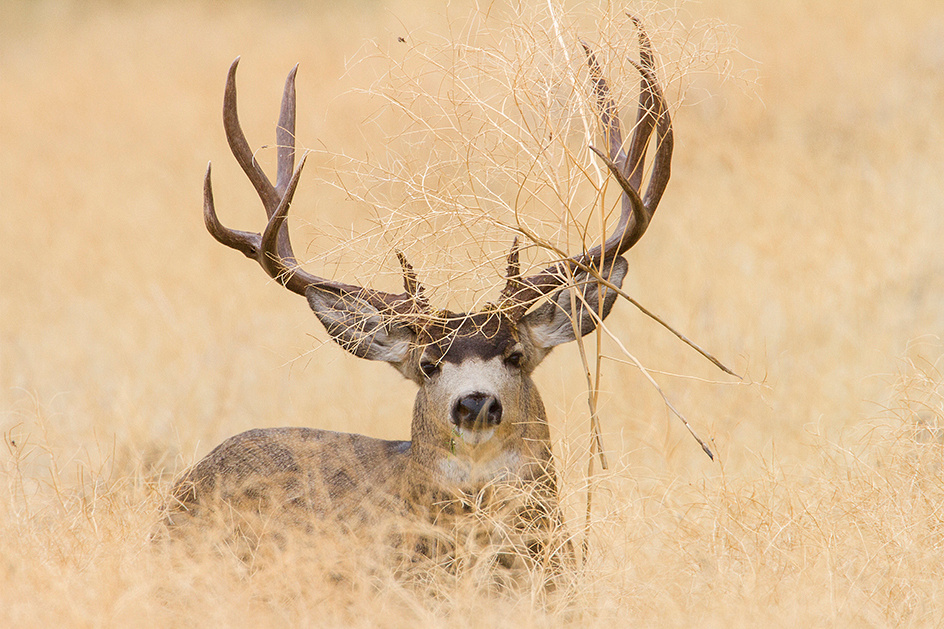
 Smaller bucks were also present at Tulelake NWR, but showed little rutting activity.
Smaller bucks were also present at Tulelake NWR, but showed little rutting activity.


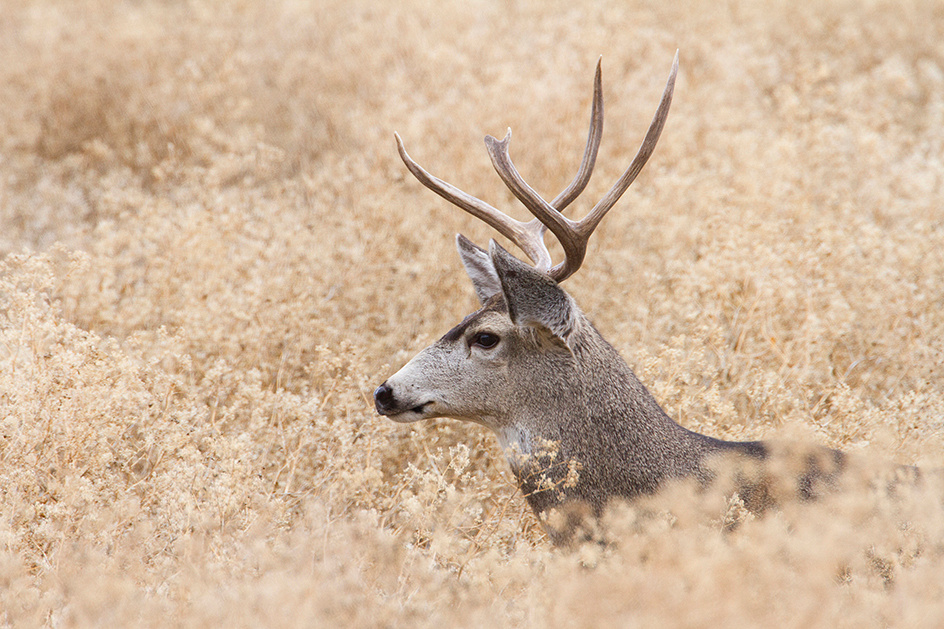
 A mature mule deer buck had gathered a small harem in one of the adjacent alfalfa fields. I was losing the light, but managed a few representative images of this big-bodied buck.
A mature mule deer buck had gathered a small harem in one of the adjacent alfalfa fields. I was losing the light, but managed a few representative images of this big-bodied buck.
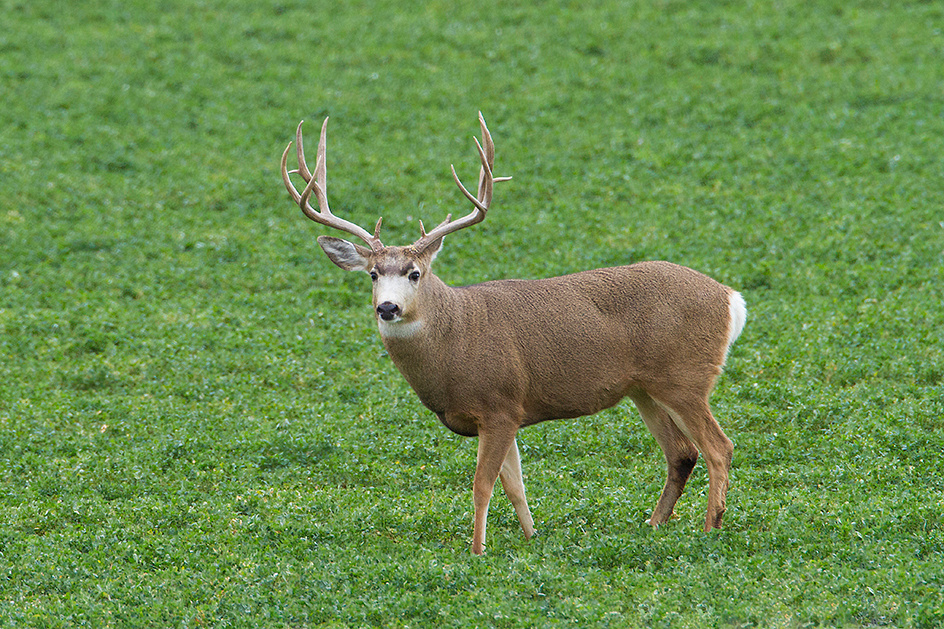

Malheur NWR also provided some photo opportunities on mature bucks including the non-typical buck pictured below.
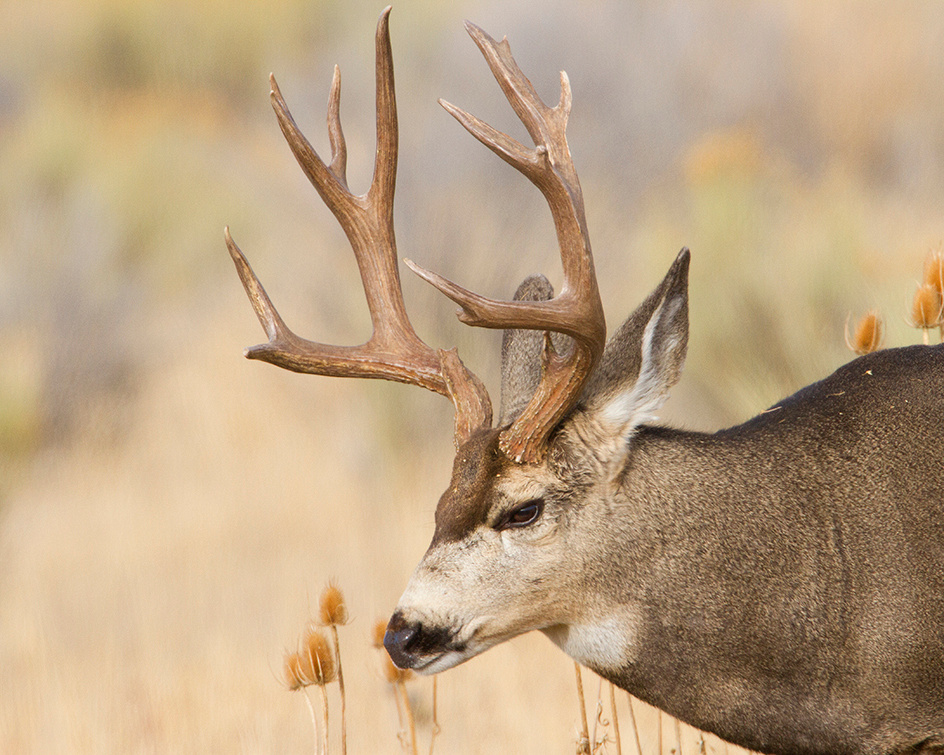



I found the buck pictured below in some wonderful warm evening light which provided the best photo of the trip.
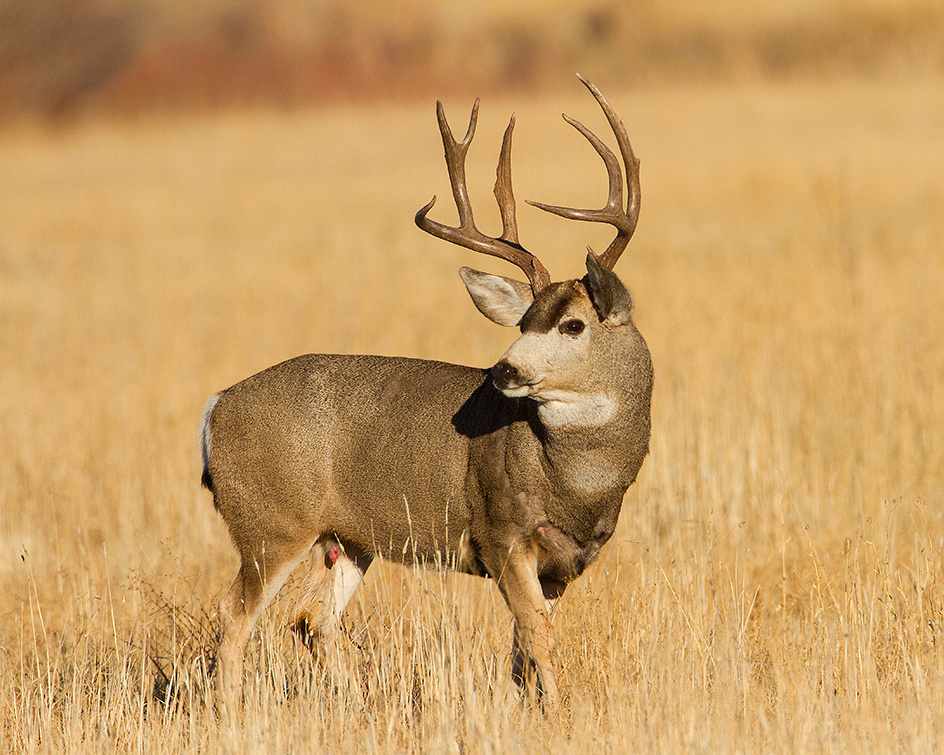

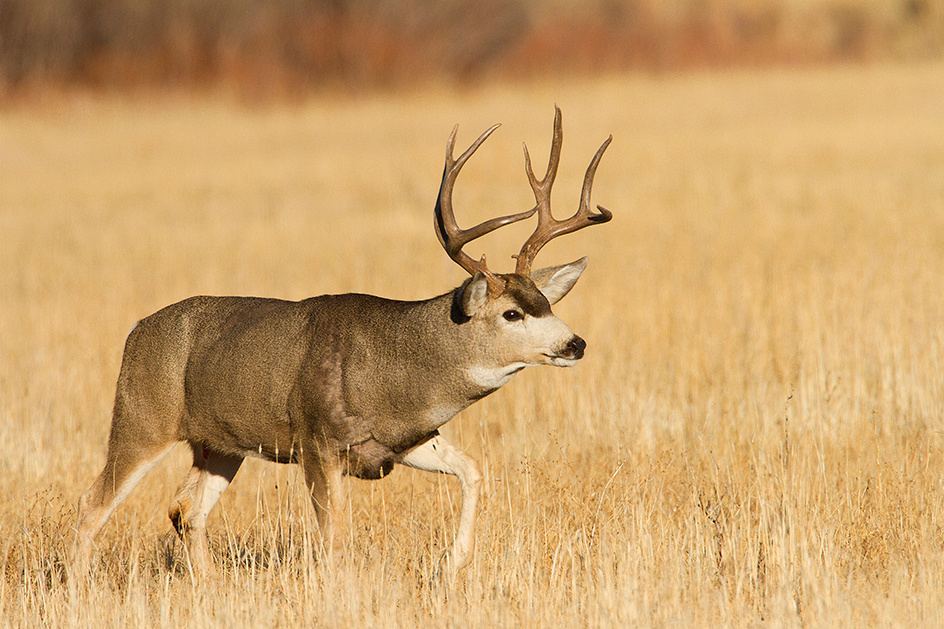
 Smaller bucks were present, but again did not appear to be exhibiting rutting behavior.
Smaller bucks were present, but again did not appear to be exhibiting rutting behavior.


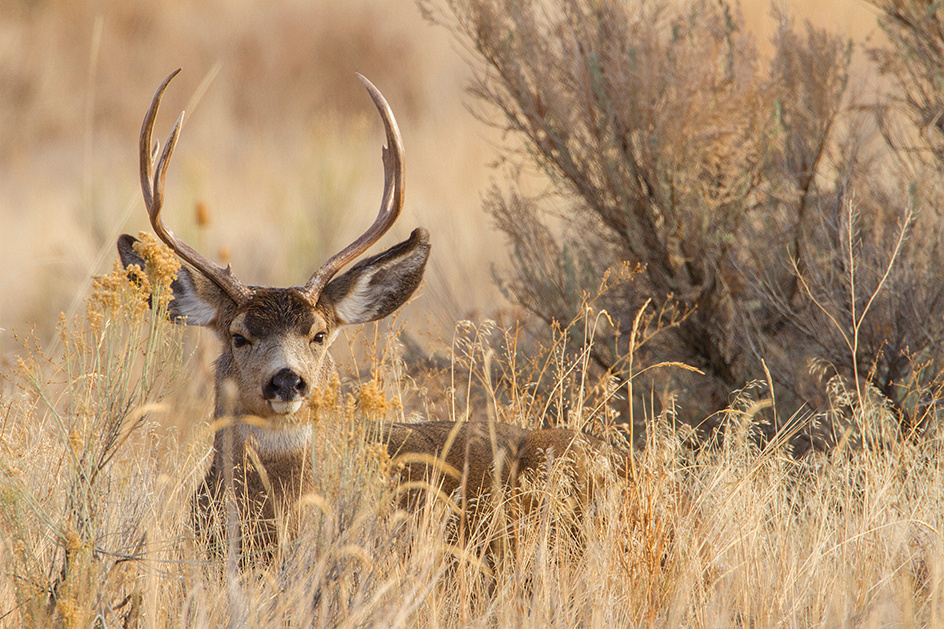
 The buck pictured below was still in velvet.
The buck pictured below was still in velvet.
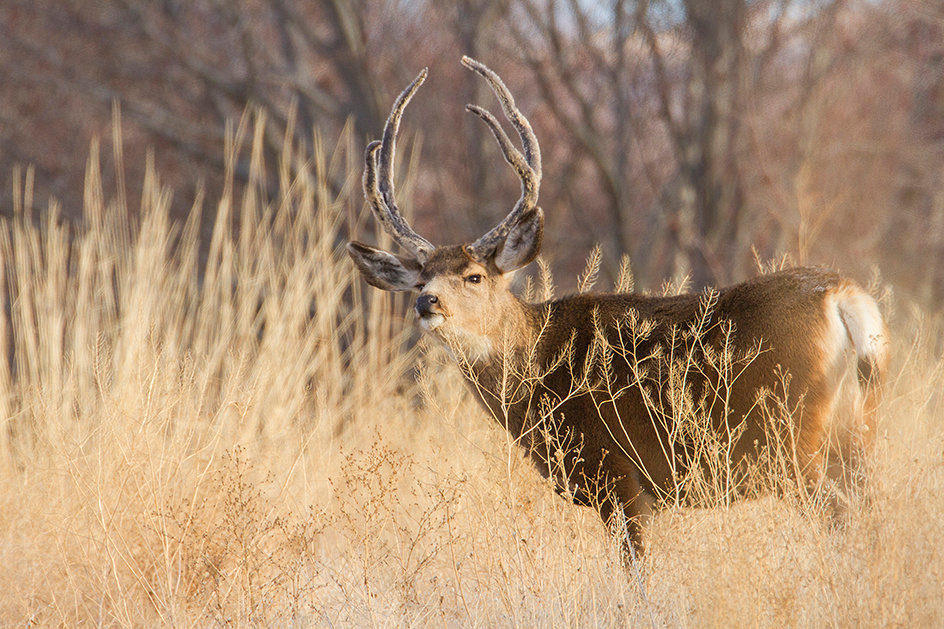



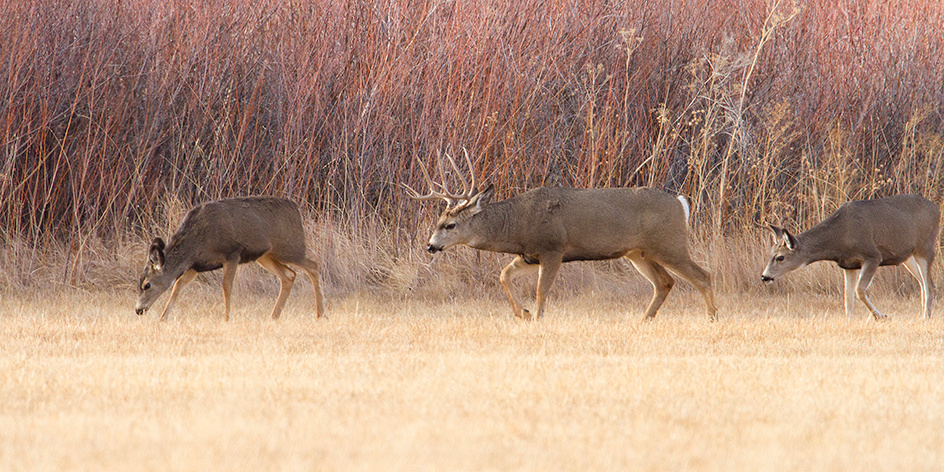
 We also saw several coyotes each day. They were either extremely wild, running at 300 yards, or quite tame.
We also saw several coyotes each day. They were either extremely wild, running at 300 yards, or quite tame.


We had several consecutive days of decent photography weather, which is not all that common in November. An enjoyable trip. If you plan to go, be aware that Malheur NWR HQ has not reopened following the occupation by domestic terrorists. At this point USF&WS has restricted access to the HQ for far longer than the terrorists.